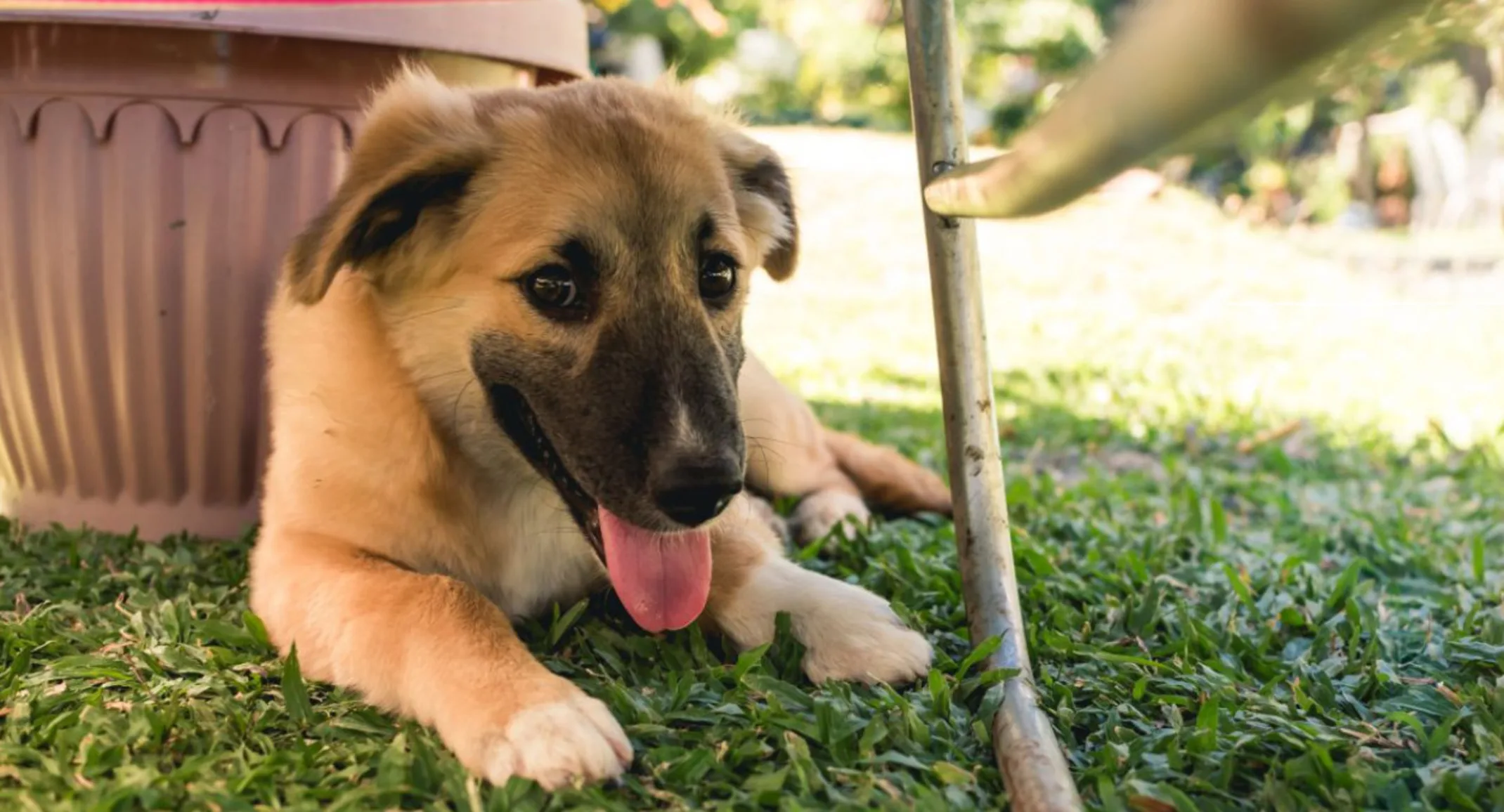Beware of the Giardia Parasite
Diseases and Viruses

Life stages and lifestyles at highest risk include puppies and kittens, breeding kennel and shelter-obtained animals; boarding kennel and dog park attendees are right behind that. Locally, Clackamas County has had an 8.52P% incidence, Multnomah County 12.60%, and Washington County 10.97P% in dogs so far for 2019. Cats in Clackamas are at 5.19%, in Multnomah, at 6.00%, and in Washington County, at 3.66%.
The organism itself is a single-celled intestinal parasite. Both the motile trophozoite (“swimmer", has flagella, little “whips” that propel the organism through fluids) and the cyst (encased in a “shell”, more resistant to drying and environmental adversity) is infectious. The cysts can live outside the host for months. Giardia is shed from an infected animal through its feces and is picked up by a new host by drinking contaminated water or food, or contact with infected soil or feces. Within 5-12 days of infection, dogs will be shedding organisms, and cats within 5-16 days. The signs we might see include diarrhea and increased frequency of stool, sometimes decreased appetite and/or vomiting, and lethargy, but infected animals shedding Giardia may show no symptoms at all. Fortunately, Giardia doesn’t migrate to tissues outside the intestines, unlike some other parasites.
Giardia can sometimes be diagnosed by visualizing the cysts or trophozoites under the microscope on a slide prepared from the feces, but unless the “load” of parasites is very high, it is easy to miss them this way. The ”gold standard“ - best, most sensitive, and selective - method is by ELISA, enzyme-linked_immunosorbent assay, which is performed at a veterinary laboratory away from the clinic. This test detects the immunoglobulins generated by the infected (host) animal against Giardia.
The best way to avoid infections is to prevent your pet from drinking from contaminated water sources or contact with infected feces or food. Infections, when diagnosed, can be treated with medications - we sometimes use a combination of 2 different medications especially if the infection seems severe. After treatment, the very sensitive ELISA test will detect the pet’s immunoglobulins for up to several months, but if no organisms can be detected, the treatment has been successful. Although the cyst form is somewhat resistant to drying, eventually strong sunlight, total desiccation, freezing, boiling, steaming, or chlorine at 1:10% dilution will kill them. It is difficult to eradicate them from a muddy backyard at this time of year but they will not be a problem by August, and not that difficult to disinfect a house, dog run, or kennel at any time of year. While treating your pet, be even more vigilant than usual about washing your hands after handling your pet, and pick up stools promptly using gloves or a tool.
Go out and enjoy the longer daylight and occasional sun breaks with your dog -just be aware of those puddles!

